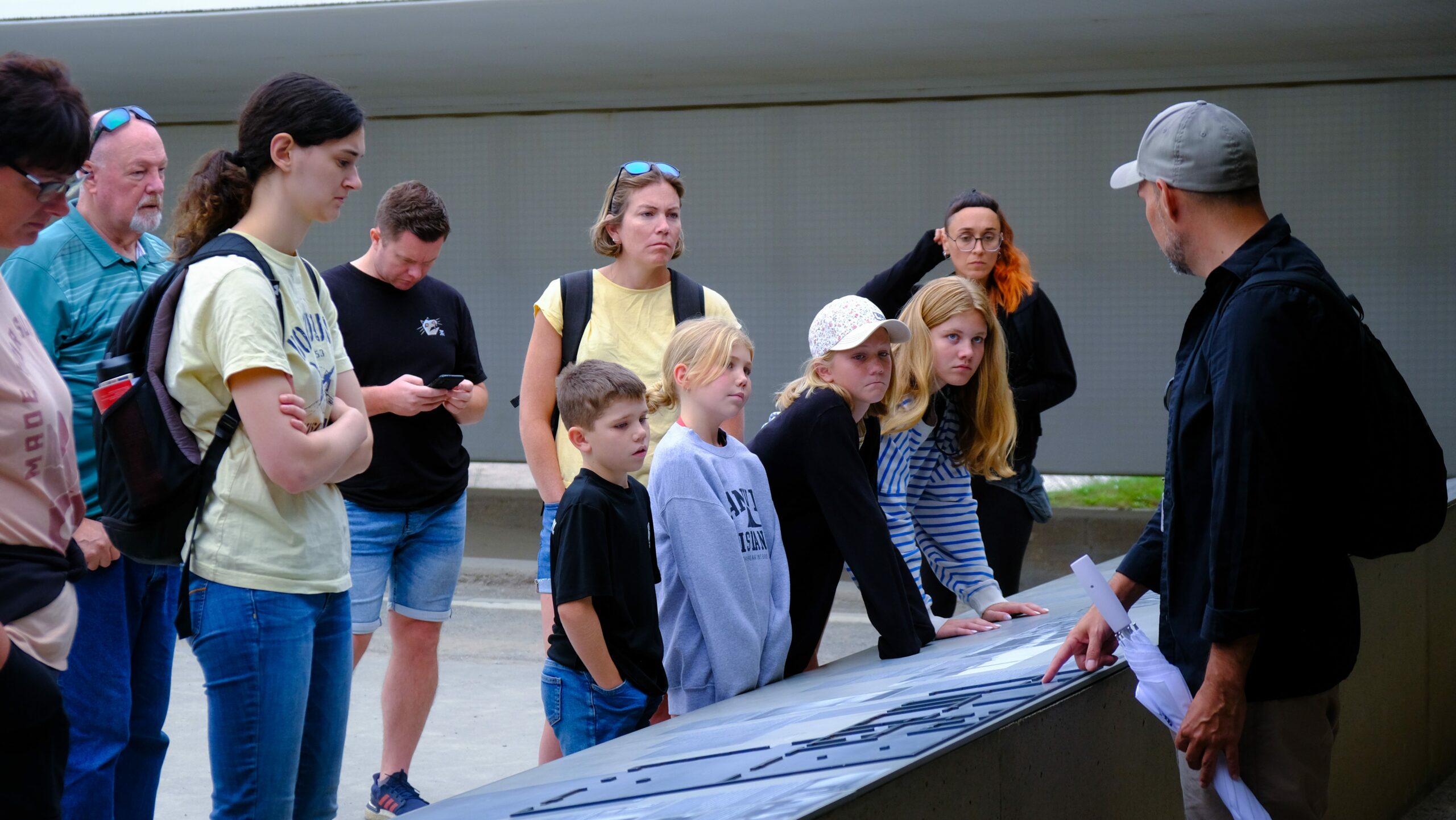It can be daunting to roam the streets of a new city to go sightseeing when you don’t know what landmarks to visit and why. Visual aids on walking tours come in handy in that location. However, these tools can make your trip a lot more enjoyable and informative. This blog post goes through the benefits of using visuals in your Berlin city walking tours and how doing so can breathe new life into your visit to the city.
1. History comes to life in visual aids.
Wandering tours are a good way to simply get carried away in all of the beauty of a past Berlin. But it is hard to get into the historical context of any of these places without visual cues. Historical events can be visualized with maps, images, and interactive displays as visual aids to help them be easier to understand and to remember.
Let’s take the example of standing in front of the Berlin wall when you do not actually know what the Berlin wall is. By using a visual aid, you will see the wall under construction with images of the wall itself, educated about the historical events that fostered the wall’s creation, and gain a sense of the event’s effects within the larger city and its people.
2. Different learning styles are catered by the visual aids.
There are different ways in which people learn, and visual aids address the people who are visual learners. Some people will prefer to listen to the explanation from the guide but some may find it easier to understand and remember information using visual cues.
Such visual aids can actually be diagrams, charts and infographics, which can simplify complex subject matter to those of all people. However, to make sure that everyone learns from your walking tours, you can incorporate visual elements into your tour that will allow all members in your group to grasp and understand what is being said.
3. Visual aids make navigation easier
First time visitors will find exploring Berlin’s winding streets and hidden corners is a challenge. Navigation is therefore easier on maps and digital guides.
If, for instance, GPS enabled apps, you can have interactive maps, and tracks you on the right path and find points of interest easily. These apps also provide an extra info on nearby facing attractions to avoid missing on any hidden gem.
4. Visual aids enhance engagement
A walk tour isn’t simply about listening or information but about a fun and comical experience. Visual aids give structure to your tour and offer it a bit of an interactive turn, making participants remain actively interested through every bit of the journey.
You might include the interactive displays or digital quizzes in your tour. It allows for knowledge testing for you, conversation between group members, and fun all around with the event. Visual aids use several senses to spice up your tour and bring more immersive experience; you’ll be able to learn more about the city and its history by connecting with it again.
5. How to use visual aids effectively
Once you understand the value of visual aid on your walking tours, here are a few tips to extract most out of each of the visual aids that you plan on using on your walking tours.
Stick to the Basics: Don’t give too much information in one post or video. Complement your explanations using visuals and not the other way around.
High quality images: High quality images will stand out and help play a memorable role. If using printed visuals, make sure to use large enough visuals so that everyone is able to see.
Incorporate technology: Utilize technology like mobile apps, augmented reality or simple to use interactive displays so it is as easy as possible to also work for those without grip. For example, ensure that a walking tour itself is not overshadowed by banks on technology.
Keep the audience engaged: Question and challenge with questions and interaction. Visual aids can be used as a way to start conversations and also involve people to share their knowledge and experience.
Visual Aid
Description
Maps
The route should be illustrated to participants to help them navigate between landmarks.
Images
It can be shown historical photographs or illustrations to give some visual context.
Diagrams
It can help simplify otherwise complex concepts or historical events.
Interactive displays
Encouraging participants to actively participate in the tour through one step, like touch screen or multimedia presentations.
Visual aids are a good way to add more life to your walking tours so that you can share great information more effectively with yourself and your group. These tools can be used to add more meaning to wherever you explore whether it be historical landmarks in Berlin or in any other city. Happy exploring!
Table of Contents




